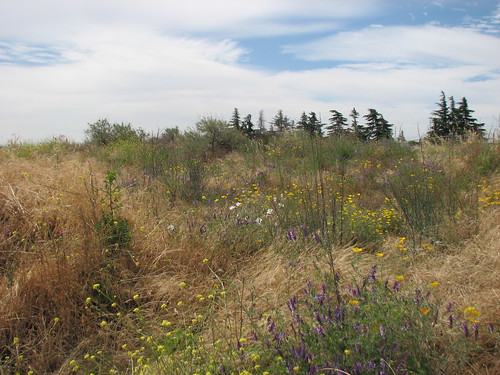Lange's Metalmark
This is the third of five posts about my endangered butterfly linoleum prints
This is the third of five posts about my endangered butterfly linoleum prints
The Lange's me
 talmark is the only member of the family Riodinidae on the endangered species list. It lives on about 50 acres of heavily mined sand dunes south of the San Joaquin River. Antioch Dunes National Wildlife Refuge was the first national wildlife refuge in the country established to protect endangered plants and insects. The Lange’s habitat has been industrialized since the 1930s, but the butterfly was only recently recognized as endangered.
talmark is the only member of the family Riodinidae on the endangered species list. It lives on about 50 acres of heavily mined sand dunes south of the San Joaquin River. Antioch Dunes National Wildlife Refuge was the first national wildlife refuge in the country established to protect endangered plants and insects. The Lange’s habitat has been industrialized since the 1930s, but the butterfly was only recently recognized as endangered.The population had been declining since 1999 to a low of just 158 in 2006. It has been slowly climbing back to 209 in 2007 and 367 in 2008 due to conservation efforts. It lays its eggs on naked buckwheat. The plant's seedlings require open sand to become established. Of all the states, California has the most endangered butterflies.
This print was made from two color blocks and is printed on Rives Lightweight Paper, 115gsm.

Photo credit: "Antioch Dunes" by jwdmeow on Flickr
Special thanks to Louis Terrazas, for use of his images, all of the U.S. Fish & Wildlife Service Wildlife Refuge Specialists at Antioch Dunes, and Urban Wildlands for conserving this endangered butterfly and its fragile habitat.

 Alpine ecosystems are fragile – the species are isolated much like island species, and they are adapted to the temperature, moisture and altitude. Increases in average temperature are major concern for alpine and montane species; as temperatures warm, the subalpine zone marches up the mountain, decreasing the surface area available until it is gone.
Alpine ecosystems are fragile – the species are isolated much like island species, and they are adapted to the temperature, moisture and altitude. Increases in average temperature are major concern for alpine and montane species; as temperatures warm, the subalpine zone marches up the mountain, decreasing the surface area available until it is gone.

